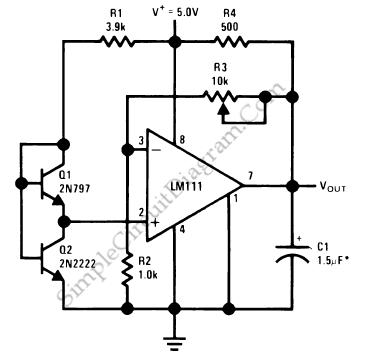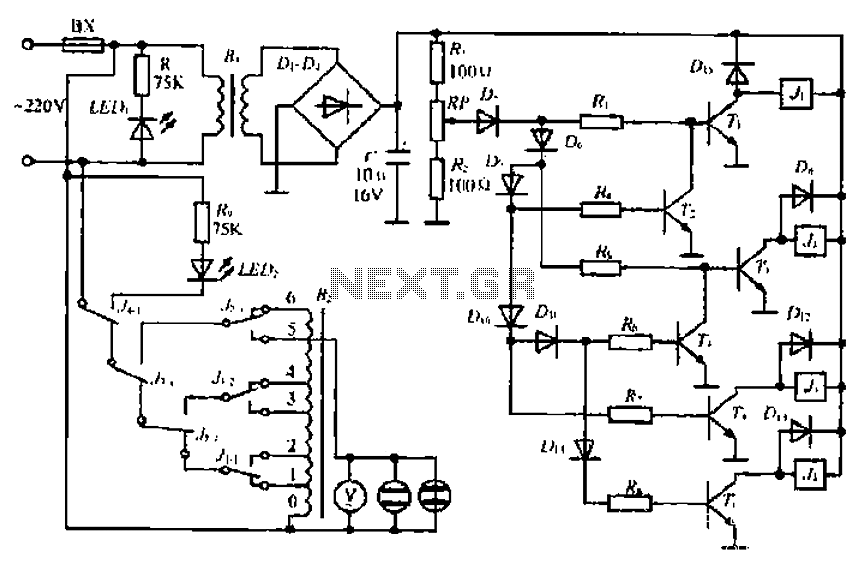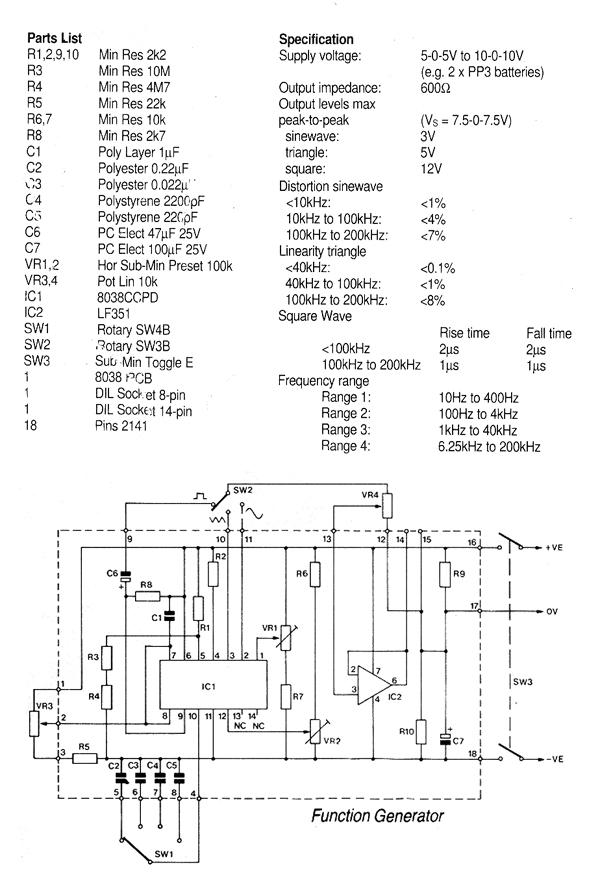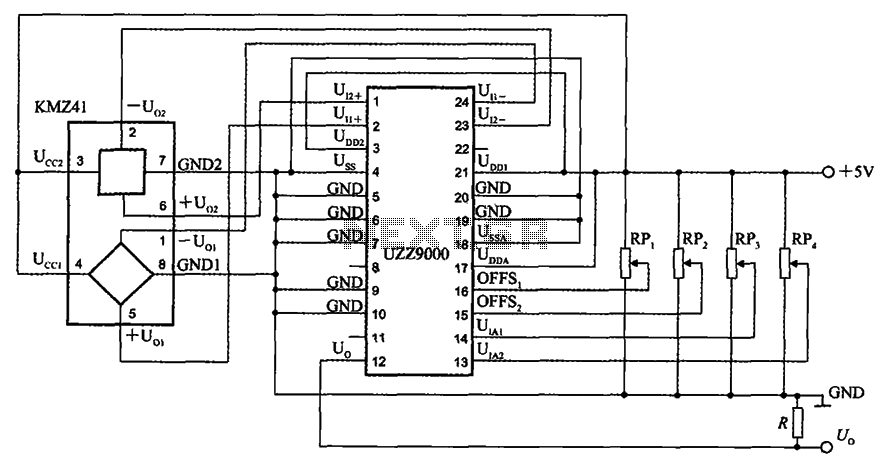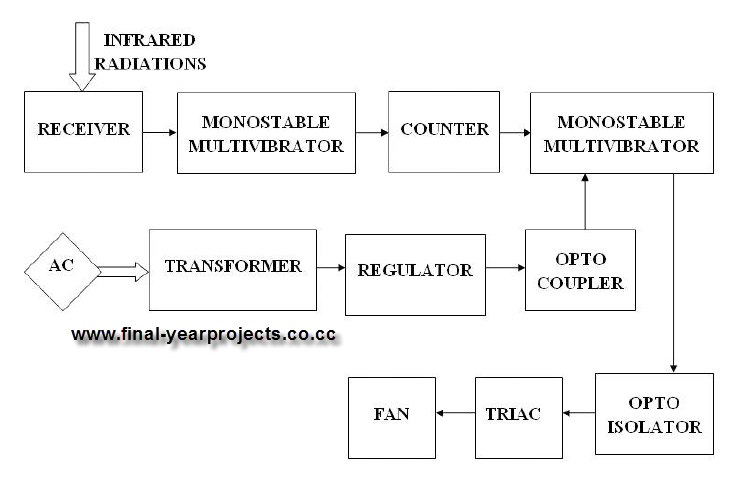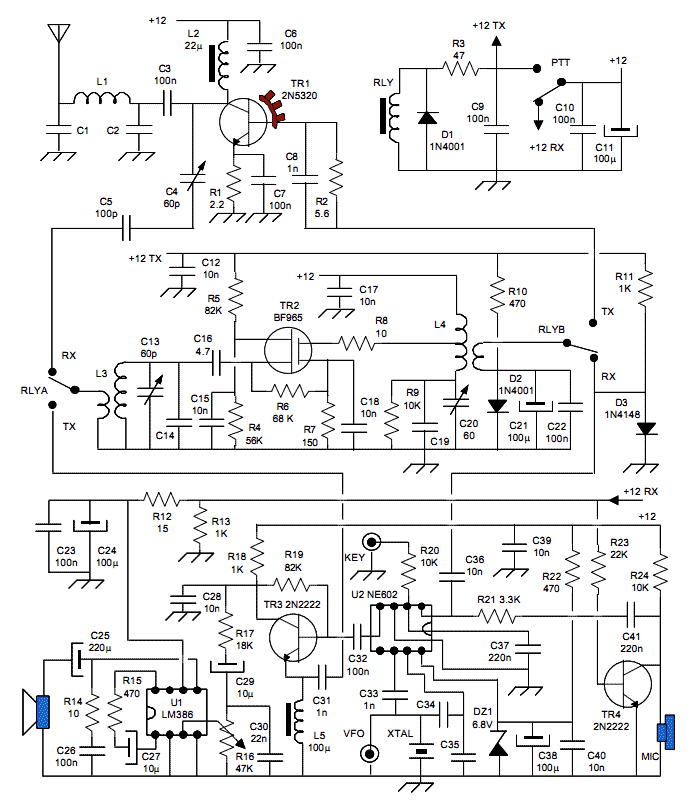
Voltage Controlled Oscillator for Commercial FM Band
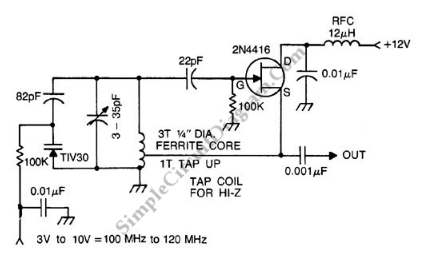
A voltage-controlled oscillator (VCO) is an electronic signal generator that produces a signal with a variable frequency, which is dependent on an input voltage level.
A voltage-controlled oscillator is a fundamental component in various electronic applications, including phase-locked loops (PLLs), frequency modulation (FM) transmitters, and signal processing systems. The core functionality of a VCO lies in its ability to generate oscillations whose frequency can be adjusted by varying the input voltage. This characteristic allows for precise control over frequency output, making VCOs essential in applications that require frequency tuning or modulation.
The basic architecture of a VCO typically includes an active device, such as a transistor or operational amplifier, configured within a feedback loop. The feedback network often consists of reactive components, such as capacitors and inductors, which determine the oscillation frequency. The voltage input modifies the reactance of these components, thereby altering the oscillation frequency.
In practice, VCOs can be designed using various technologies, including analog, digital, and hybrid approaches. Analog VCOs are commonly used for continuous frequency modulation, while digital VCOs may employ techniques such as direct digital synthesis (DDS) to achieve frequency control through digital means. The performance of a VCO is characterized by parameters such as tuning range, phase noise, and linearity, which are critical for ensuring signal integrity in high-frequency applications.
Applications of VCOs extend to communication systems, where they are used in frequency synthesizers and demodulators, as well as in radar and instrumentation systems. Their ability to provide variable frequency output makes them versatile tools in the design of modern electronic circuits.VCO (voltage controlled oscillator) is an electronic signal generator which produce a signal that has variable frequency depends on a voltage level at its.. 🔗 External reference
A voltage-controlled oscillator is a fundamental component in various electronic applications, including phase-locked loops (PLLs), frequency modulation (FM) transmitters, and signal processing systems. The core functionality of a VCO lies in its ability to generate oscillations whose frequency can be adjusted by varying the input voltage. This characteristic allows for precise control over frequency output, making VCOs essential in applications that require frequency tuning or modulation.
The basic architecture of a VCO typically includes an active device, such as a transistor or operational amplifier, configured within a feedback loop. The feedback network often consists of reactive components, such as capacitors and inductors, which determine the oscillation frequency. The voltage input modifies the reactance of these components, thereby altering the oscillation frequency.
In practice, VCOs can be designed using various technologies, including analog, digital, and hybrid approaches. Analog VCOs are commonly used for continuous frequency modulation, while digital VCOs may employ techniques such as direct digital synthesis (DDS) to achieve frequency control through digital means. The performance of a VCO is characterized by parameters such as tuning range, phase noise, and linearity, which are critical for ensuring signal integrity in high-frequency applications.
Applications of VCOs extend to communication systems, where they are used in frequency synthesizers and demodulators, as well as in radar and instrumentation systems. Their ability to provide variable frequency output makes them versatile tools in the design of modern electronic circuits.VCO (voltage controlled oscillator) is an electronic signal generator which produce a signal that has variable frequency depends on a voltage level at its.. 🔗 External reference
Warning: include(partials/cookie-banner.php): Failed to open stream: Permission denied in /var/www/html/nextgr/view-circuit.php on line 713
Warning: include(): Failed opening 'partials/cookie-banner.php' for inclusion (include_path='.:/usr/share/php') in /var/www/html/nextgr/view-circuit.php on line 713
